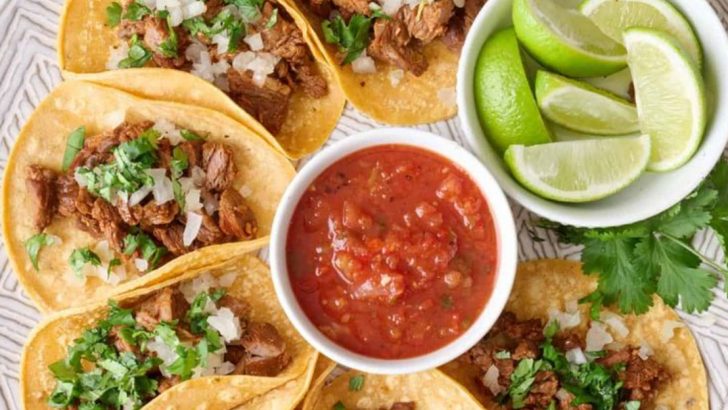Mexican restaurants offer a world of flavors beyond the typical Tex-Mex fare most Americans know. But not all menu items deliver authentic tastes or good value.
Some dishes fall short on flavor while others shine with traditional cooking methods and fresh ingredients. Here’s what to skip and what to savor on your next visit.
1. Avoid: Nachos Supreme

Factory-made tortilla chips drowning under processed cheese sauce hardly represent real Mexican cuisine. Most restaurant versions use cheap ingredients to maximize profits.
Authentic Mexican cuisine rarely features nachos at all! This Tex-Mex creation often arrives at your table soggy and overpriced.
2. Try: Street-Style Tacos
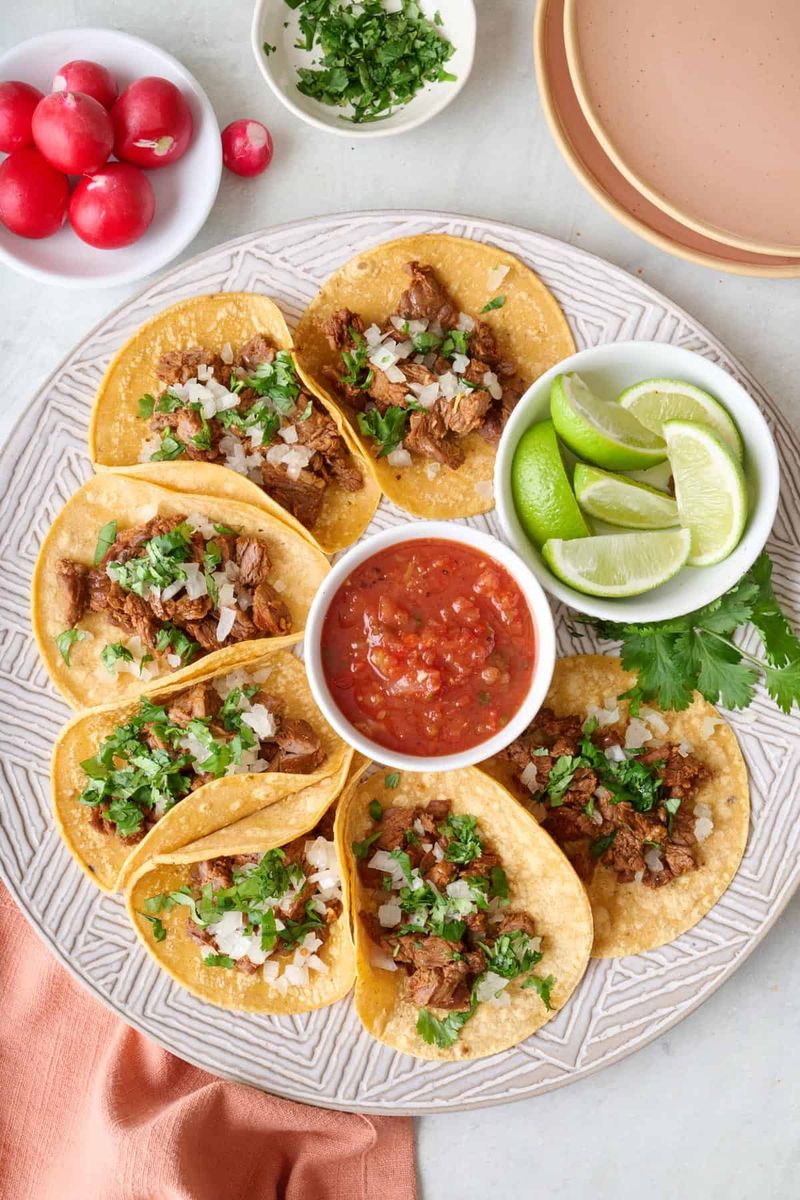
Small corn tortillas cradle perfectly seasoned meats topped with fresh cilantro and onion. These simple tacos capture authentic Mexican street food essence.
Ask for them with carne asada, al pastor, or carnitas. The beauty lies in their simplicity – just quality meat, fresh toppings, and a squeeze of lime.
3. Avoid: Fajita Salad In Tortilla Bowls
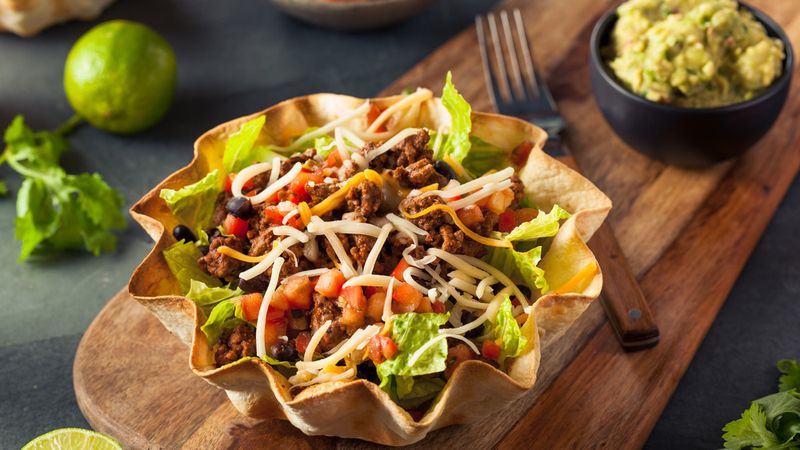
That crispy tortilla bowl? Pure calories with little flavor payoff. Most restaurants deep-fry these bowls in old oil.
The salad inside typically features wilted lettuce and minimal protein. You’ll pay premium prices for what’s essentially a basic salad in an edible container that’s unhealthier than a burger.
4. Try: Chiles Rellenos

Roasted poblano peppers stuffed with cheese, battered and fried to golden perfection. The contrast between the mild pepper heat and melty cheese creates magic on your plate.
Quality restaurants serve these with a light tomato sauce. The pepper maintains its structure while delivering smoky flavor that carries the dish.
5. Avoid: Chimichanga
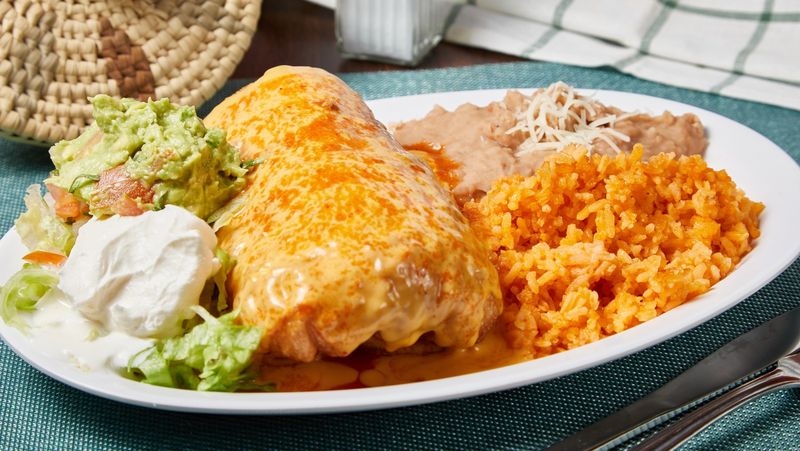
Deep-fried burritos drenched in sauce might taste good, but they’re far from authentic. Most restaurants use this dish to repurpose leftover ingredients.
The frying process adds unnecessary calories and masks the flavors inside. You’ll miss out on the fresh, vibrant tastes that make Mexican cuisine special.
6. Try: Cochinita Pibil
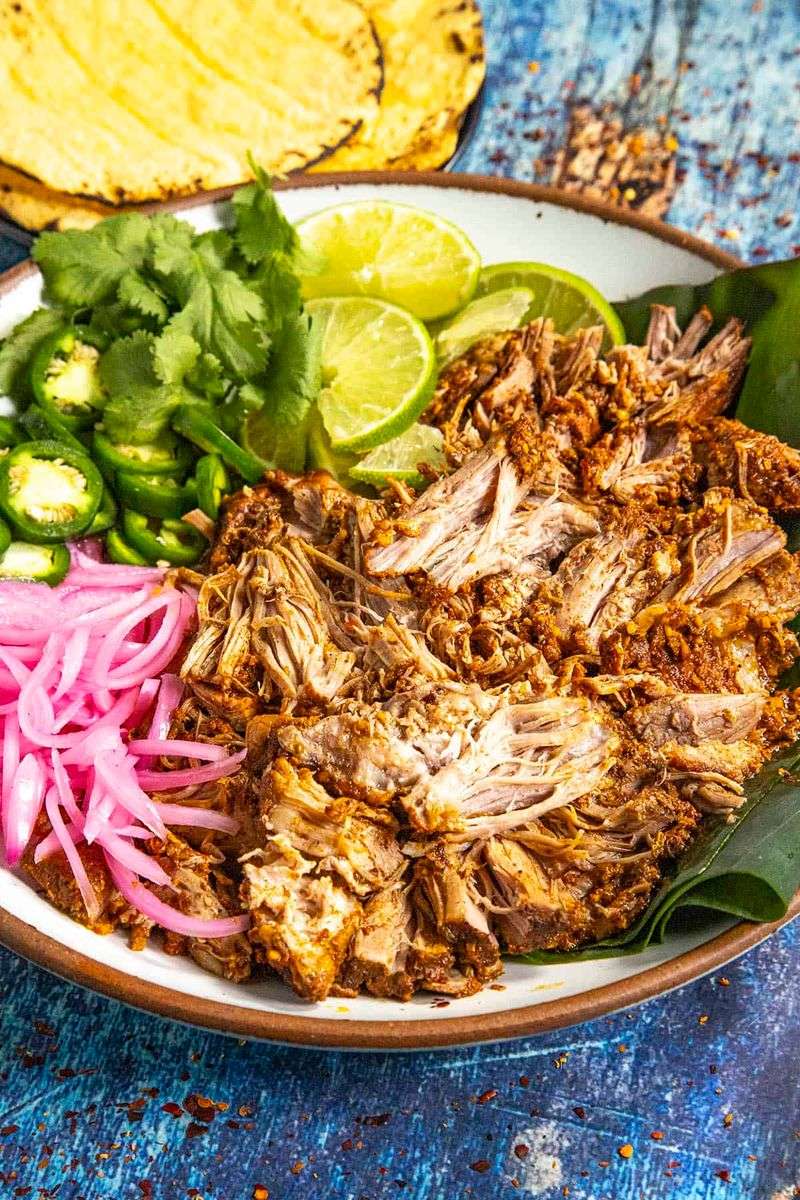
Slow-roasted pork marinated in citrus and achiote paste creates tender, flavorful meat with Mayan origins. The bright orange color comes from natural annatto seeds.
Traditionally cooked underground in banana leaves, restaurant versions still capture amazing flavors. Served with pickled red onions that cut through the richness perfectly.
7. Avoid: Queso Dip
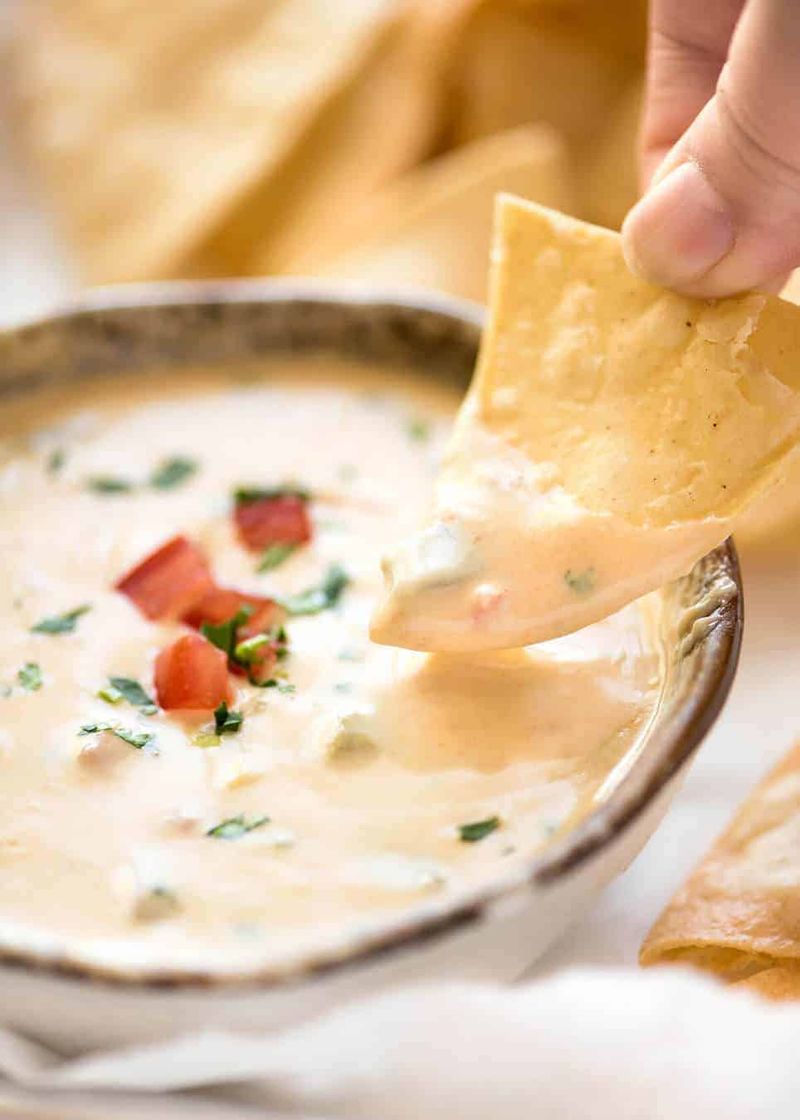
Another Tex-Mex creation far removed from authentic Mexican cuisine. Most restaurant versions use processed cheese product with artificial flavors.
Real Mexican cheeses aren’t designed to melt into smooth dips. Your stomach might regret this heavy starter that fills you up before your main dish arrives.
8. Try: Mole Poblano
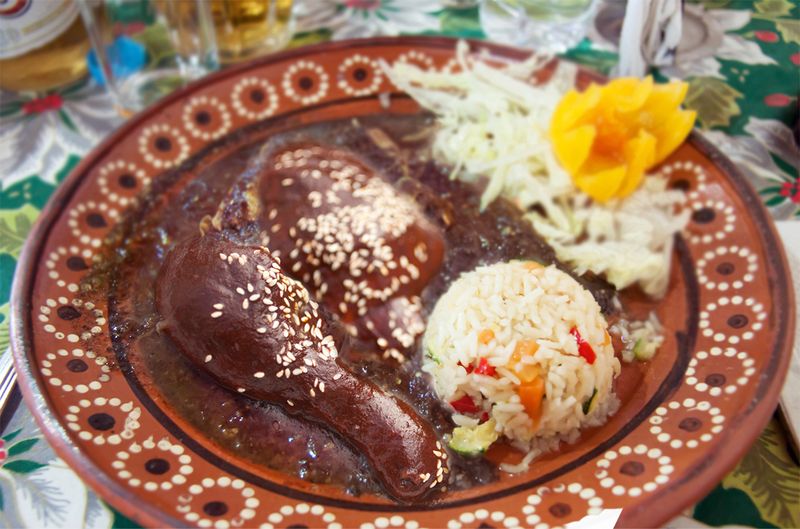
Complex sauce combining chocolate, chiles, nuts, and spices creates a masterpiece of Mexican cuisine. Good mole takes days to prepare properly.
The chocolate doesn’t make it sweet – it adds depth and richness. Usually served over chicken, the sauce offers layers of flavor that unfold with each bite.
9. Avoid: Taco Salad
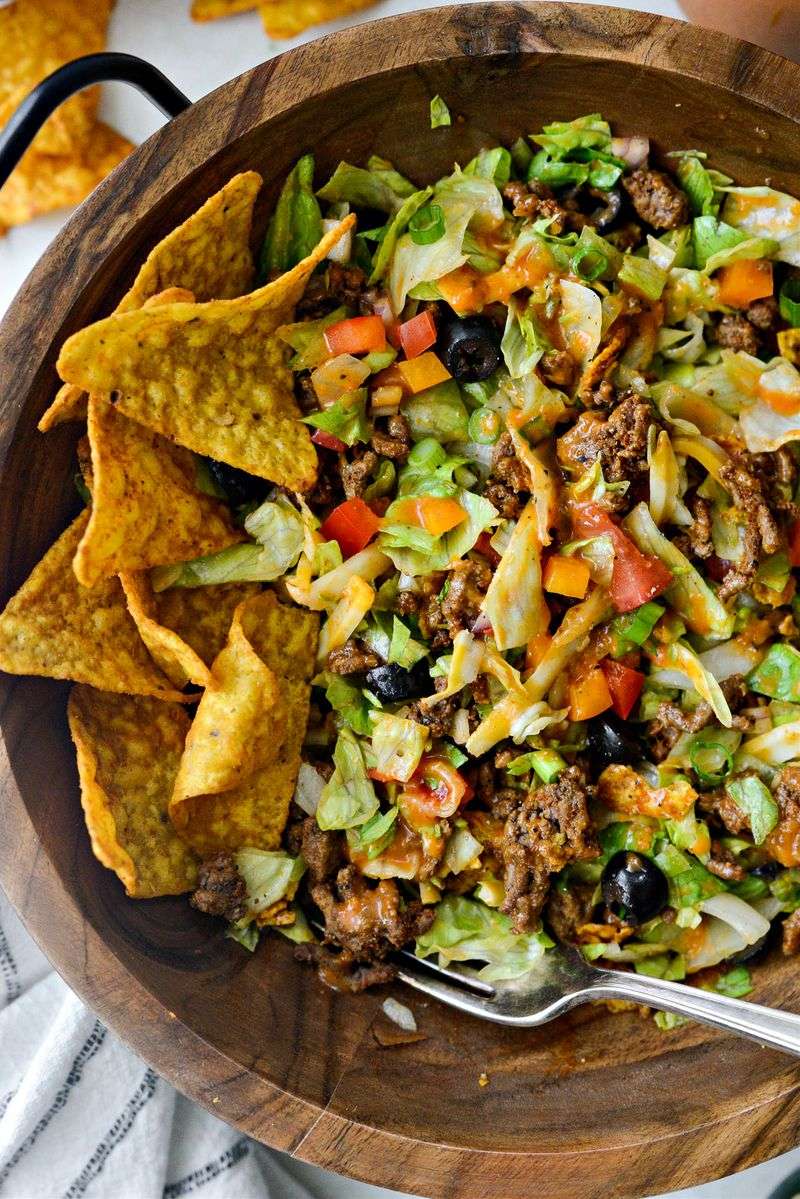
Massive portions of iceberg lettuce with minimal toppings waste valuable stomach space. Most versions feature ground beef that lacks authentic Mexican seasoning.
The dressing usually comes from a bottle rather than being house-made. You’ll find more flavor and authenticity in almost any other menu option.
10. Try: Pozole

This hearty hominy soup showcases Mexican comfort food at its finest. The rich broth develops flavor from long-simmered meat and dried chiles.
Red and green varieties offer different flavor profiles. Add fresh toppings like radishes, cabbage, and lime at the table for a customizable meal that satisfies your soul.
11. Avoid: Sizzling Fajitas
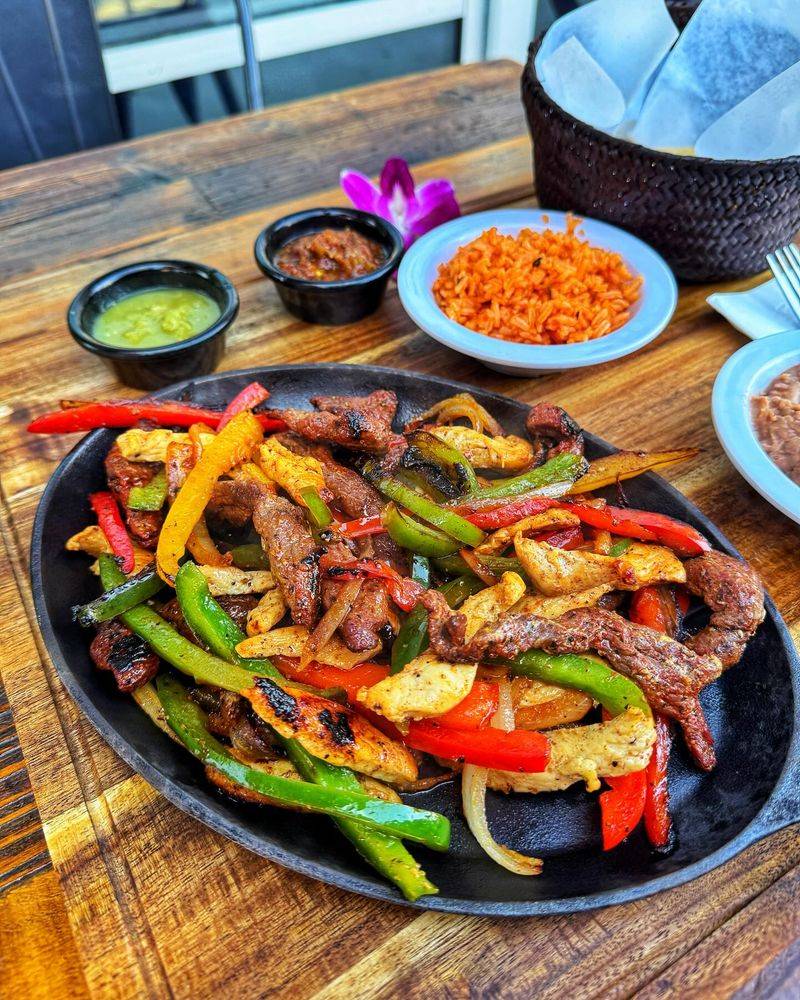
The dramatic presentation often masks mediocre meat quality. That sizzling sound comes from water hitting an oil-coated hot plate – pure theater.
Restaurants frequently use cheaper cuts marinated to disguise toughness. The loud arrival disrupts everyone’s meal while rarely delivering flavor worth the spectacle.
12. Try: Chilaquiles
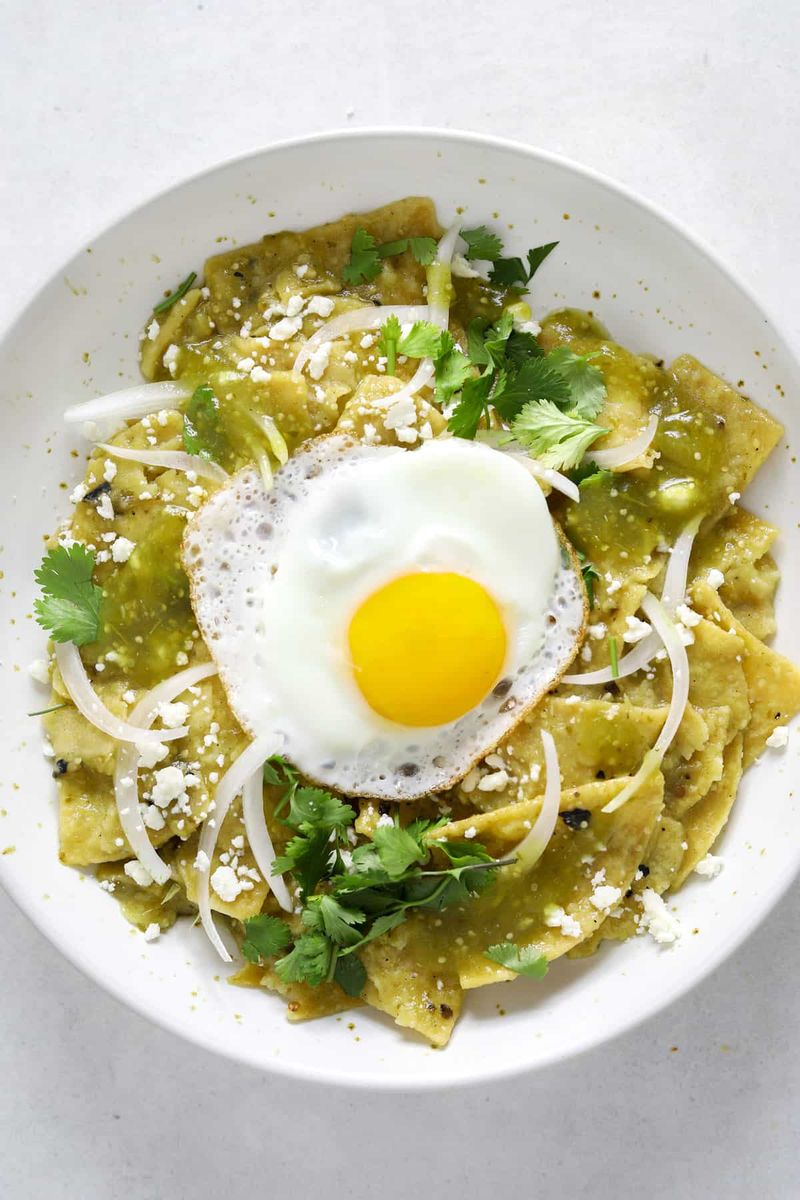
Crispy tortilla pieces simmered in salsa until slightly softened create the perfect breakfast. Topped with crema, cheese, and often eggs or shredded chicken.
Red or green salsa options offer different flavor experiences. The dish balances textures beautifully – crispy, soft, creamy, and fresh all in one satisfying plate.
13. Avoid: Hard-Shell Tacos
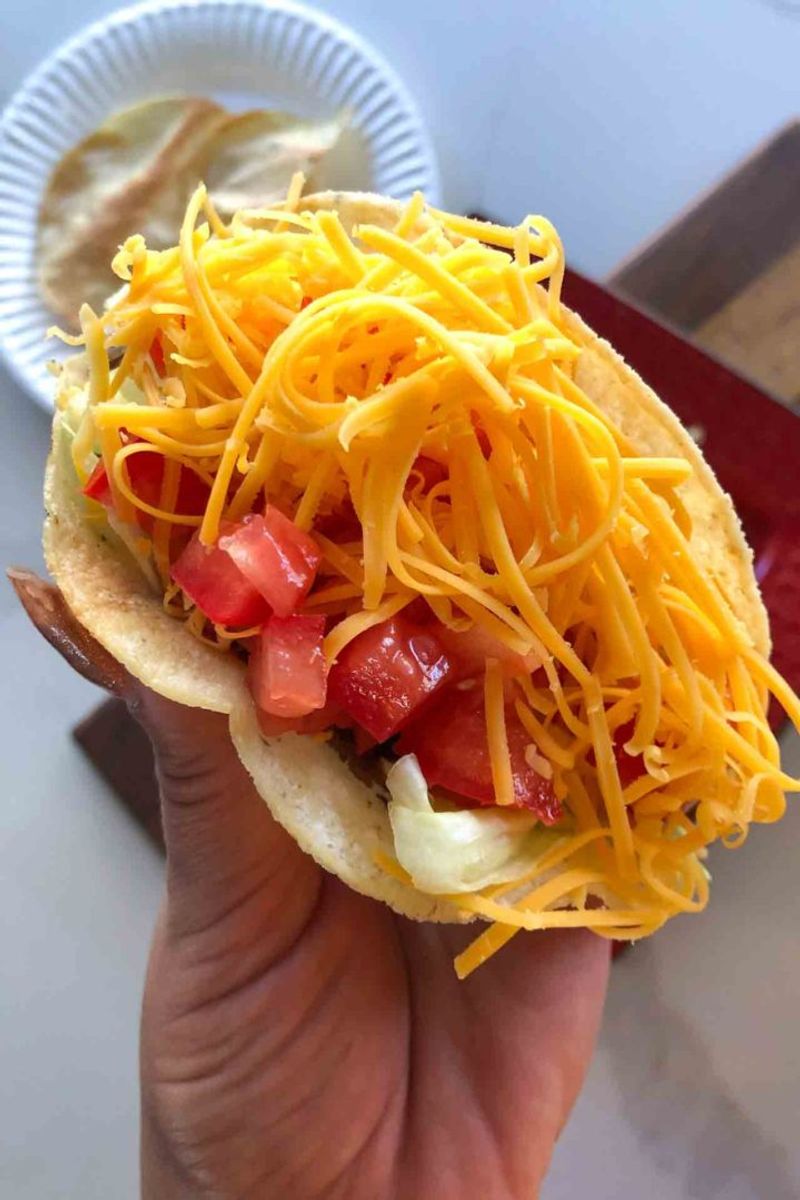
Those pre-formed crunchy shells? Completely American inventions. They shatter with the first bite, sending fillings everywhere except your mouth.
Authentic Mexican tacos use soft corn tortillas. The hard shells represent mass-produced Tex-Mex that prioritizes shelf stability over flavor and texture.
14. Try: Chiles En Nogada

Stuffed poblano peppers topped with walnut cream sauce and pomegranate seeds create Mexico’s most patriotic dish. The green pepper, white sauce, and red seeds represent the Mexican flag.
Seasonal and labor-intensive, finding this specialty signals a quality restaurant. The filling combines meat, fruits, and spices in perfect harmony.
15. Avoid: Mexican Pizza
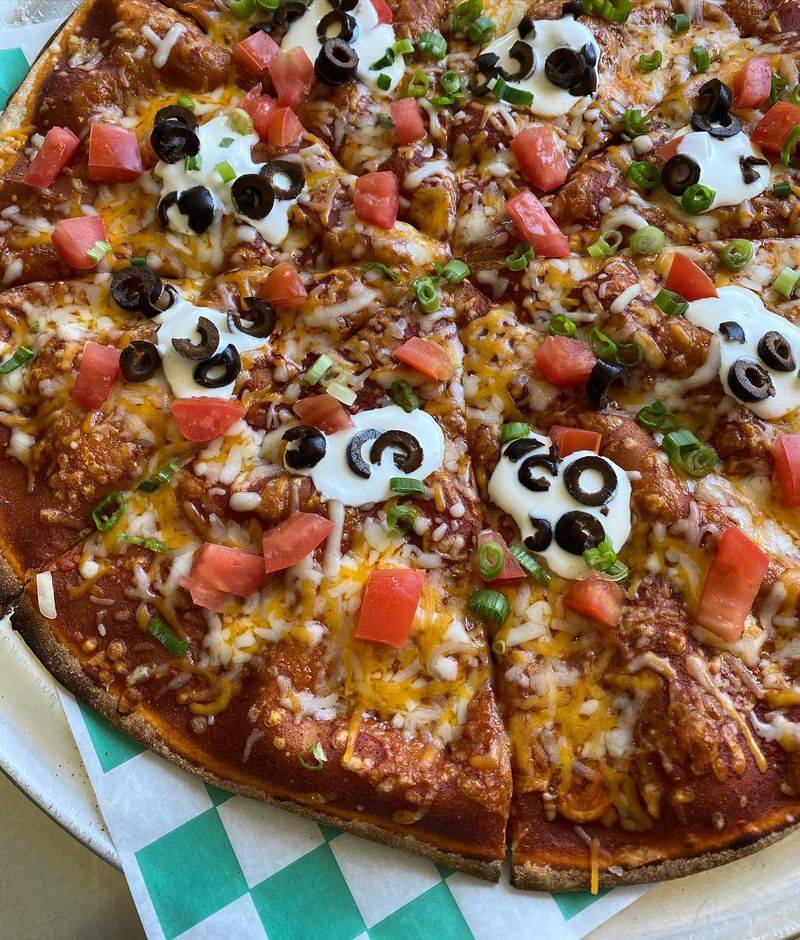
This fast-food creation has no roots in Mexico. Restaurant versions typically use stale tortillas with minimal toppings.
The name itself reveals its inauthenticity. Save your appetite for dishes actually connected to Mexican culinary traditions instead of this bland, confused fusion attempt.
16. Try: Aguachile

Fresh seafood cured in lime juice with chile, cucumber, and onion creates Mexico’s spicier answer to ceviche. The bright flavors wake up your taste buds instantly.
Originating from coastal Sinaloa, this dish showcases seafood at its freshest. The heat level varies, so ask your server if you prefer milder versions.
17. Avoid: Combination Platters

Those massive plates with multiple items offer quantity over quality. Restaurants use these to move less popular items alongside a few favorites.
The food often sits under heat lamps waiting for assembly. You’ll leave feeling stuffed but unsatisfied, having tasted nothing exceptional.
18. Try: Barbacoa Tacos

Slow-cooked beef cheek meat falls apart with incredible tenderness. Traditional preparation involves underground cooking with agave leaves.
The rich, slightly gamey flavor offers depth rarely found in other taco fillings. Restaurant versions might use different cuts, but the slow-cooking method remains key to its distinctive taste.

